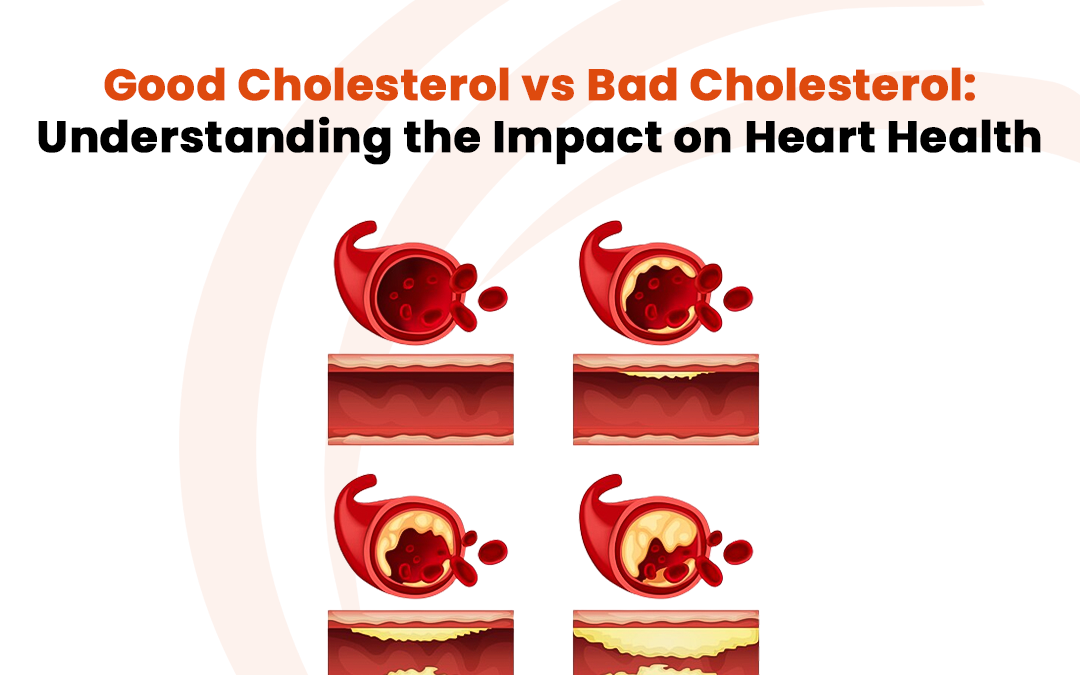Cutting Sugar: Effective Tips
![]()
Cutting Sugar: Effective Tips
Reducing sugar intake is a pivotal step towards a healthier lifestyle. Implementing practical strategies to decrease sugar consumption not only improves overall health but also helps in preventing various health issues associated with excessive sugar consumption.
Understand Hidden Sugars in Foods
Unveiling hidden sugars is essential. Many processed foods, sauces, condiments, and even seemingly healthy items contain added sugars. Reading labels and recognizing various names for sugar (like sucrose, high-fructose corn syrup, or dextrose) helps in identifying and avoiding hidden sources.
For more insights and strategies on reducing sugar intake, explore Women’s Health and Style for expert guidance.
Opt for Whole Foods
Whole foods like fruits, vegetables, whole grains, and lean proteins offer natural sugars in a balanced form. Opting for these nutrient-dense choices not only reduces added sugars but also provides essential nutrients, fiber, and antioxidants.
Gradually Reduce Sugar Intake
Gradually cutting back on sugar allows taste buds to adjust to lower sweetness levels. Start by reducing the amount of sugar added to beverages, cereals, or recipes. Over time, the palate adapts, and you’ll find yourself craving less sugar.
Choose Low-Sugar Alternatives
Replacing high-sugar items with low-sugar alternatives is a smart move. Opt for unsweetened versions of beverages like tea or coffee, use spices like cinnamon or vanilla for flavor instead of sugar, and choose sugar-free or naturally sweetened products.
Be Mindful of Beverages
Beverages are often overlooked sources of sugar. Sodas, energy drinks, fruit juices, and sweetened teas can contribute significantly to daily sugar intake. Opt for water, herbal teas, or homemade fruit-infused water as healthier alternatives.
Limit Processed and Packaged Foods
Processed and packaged foods tend to contain high amounts of added sugars. These items contribute to excessive sugar intake without providing substantial nutritional value. Reducing the consumption of these foods can significantly lower sugar intake.
Prepare Meals at Home
Cooking meals at home allows control over ingredients and sugar content. Homemade dishes offer the flexibility to choose healthier sweeteners or reduce sugar amounts in recipes without compromising taste.
Practice Moderation with Desserts
Indulging in desserts occasionally is acceptable, but practicing moderation is key. Choose smaller portions, share desserts with others, or opt for healthier dessert alternatives like fruit-based treats or dark chocolate with higher cocoa content.
Read Labels and Ingredients Lists
Develop the habit of reading labels and ingredients lists when shopping. Being aware of sugar content in packaged foods helps make informed decisions and choose lower-sugar options.
Seek Support and Accountability
Seeking support from friends, family, or joining support groups can provide motivation and accountability in reducing sugar intake. Sharing goals and progress with others fosters commitment to making healthier choices.
Implementing these tips for reducing sugar intake can pave the way toward a healthier diet and lifestyle. While reducing sugar, it’s essential to remember that gradual changes are more sustainable in the long run. Always consult healthcare professionals for personalized advice on dietary changes.


